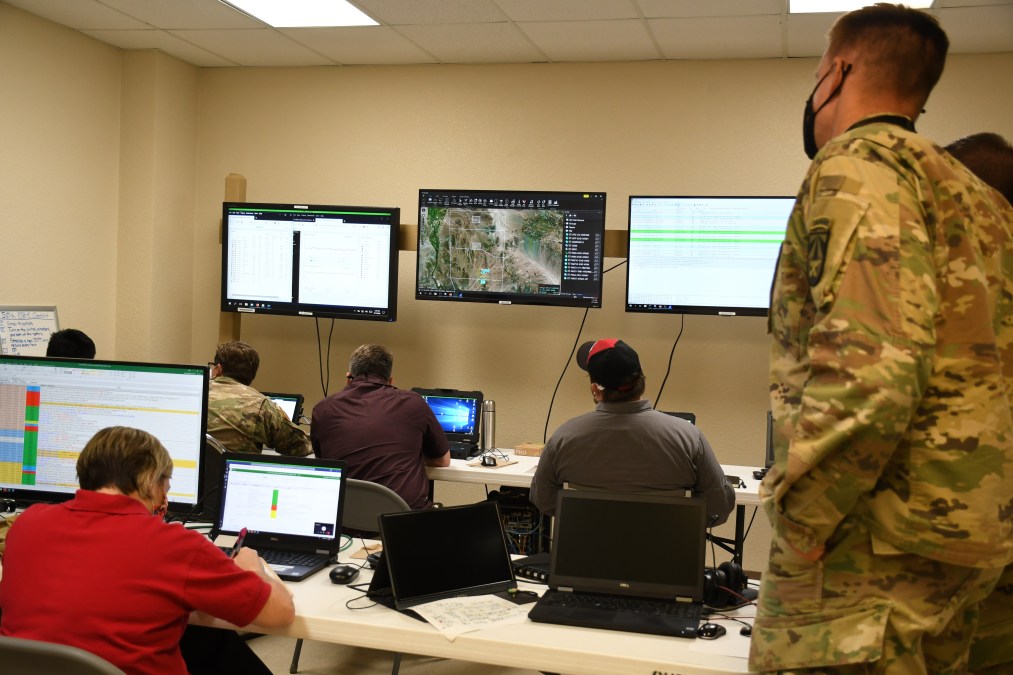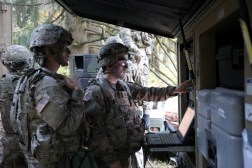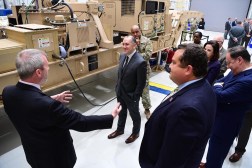Army’s new Project Convergence capabilities lack cyber plans, IG says

A section of the Army’s contribution to the Joint All Domain Command and Control (JADC2) military framework lacks plans for how the tech would handle adversarial cyber attacks, an Inspector General report has found.
The Department of Defense‘s watchdog highlighted concerns with part of Project Convergence, known as Capability Set 21 Integrated Tactical Network. Ensuring a highly connected battlefield is secure has been a top concern for officials, as the more connected a network the more opportunities an adversary could have to poison data or move throughout a system.
The IG categorized the finding as “not appropriate.”
Following the report, the Army is working to develop a testing plan and will integrate threat-based assessments into future capability sets, according to the report.
The findings were included in a report analyzing Middle Tier Acquisition (MTA), an acquisition pathway designed to allow military departments to rapidly purchase, test and develop new capabilities. Over all, the report had glowing reviews for middle tier programs and said the authority allowed programs to save time and money.
“For the programs we reviewed, use of the MTA pathways increased efficiencies and effectiveness by streamlining acquisition processes and expediting prototyping and fielding efforts,” the report stated.
But, over the course of the investigation the IG found that despite saving time, those designing Capability Set 21 skipped steps to plan for a “cyber-adversarial assessment.” The program also lacked testing for an “operationally representative electromagnetic spectrum environment.”
Over all, the 11 programs reviewed showed progress as a result of using the middle tier authority. The report found the authority positively impacted acquisition culture, allowing program officers to be more agile.
“Acquisition personnel effectively leveraged the MTA pathways because DoD acquisition executives encouraged and supported the use of the MTA pathways, and program executive offices and program managers used the flexibilities provided by the MTA pathways” the report stated.






